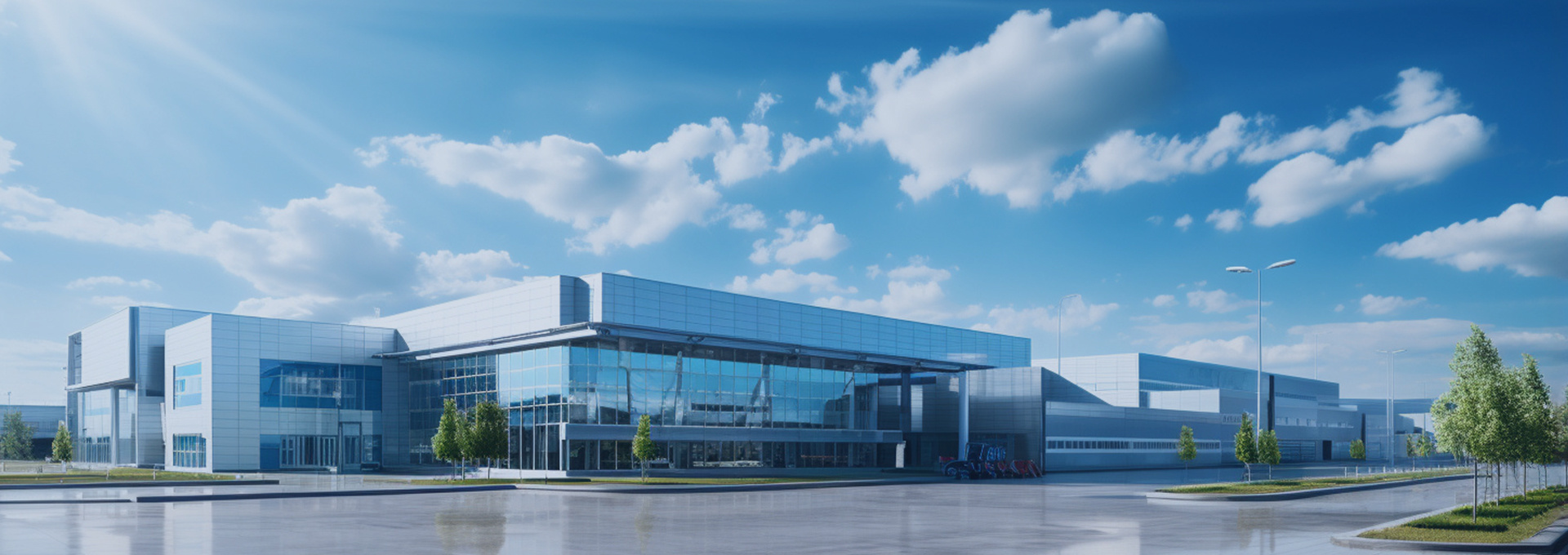The walking transmission principle of tracked vehicles
Release time:
2025-01-03 09:13
Source:
A tracked vehicle is a type of vehicle that uses tracks as its walking device, and its walking transmission principle mainly includes the following parts
A tracked vehicle is a type of vehicle that uses tracks as its walking device, and its walking transmission principle mainly includes the following parts:
1. Drive wheels: The drive wheels of tracked vehicles are usually located at the front or rear of the vehicle. The driving wheels transmit the power of the engine to the tracks through a reducer. There are transmission components such as gears and chains inside the driving wheels, which convert power into linear motion of the tracks.
2. Track: Track is the main component of a tracked vehicle, usually made of metal or plastic. There are many small gears on the track, which mesh with the gears inside the drive wheels, allowing the track to roll smoothly on the ground. Both sides of the track usually have rubber or other material track plates to reduce pressure on the ground and prevent the vehicle from getting stuck on the ground.
3. Tensioning device: In order to ensure that the track always maintains a certain tension, a tensioning device is usually installed on the tracked vehicle. The tensioning device can change the tension of the track by adjusting the bolts to adapt to different terrains and loads.
4. Steering mechanism: The tracked vehicle needs to achieve steering function during driving. The steering mechanism typically includes an independent drive wheel and sprocket system, as well as a set of lateral support wheels for controlling track movement. By controlling the speed of the drive wheel and sprocket, the steering of the tracked vehicle can be achieved.
5. Braking system: Tracked vehicles need to have a certain braking ability to prevent loss of control on steep slopes and other terrains. The braking system of tracked vehicles usually includes components such as hydraulic brakes and brake pads, which can effectively stop the vehicle's movement.
In short, the walking transmission principle of tracked vehicles is to work together through components such as drive wheels, tracks, tensioning devices, steering mechanisms, and braking systems to convert the power of the engine into the driving force for the tracks to travel smoothly on the ground. This walking method enables tracked vehicles to have good passability and stability on various complex terrains.
Related News
How to choose a suitable water pump
As an important fluid transportation equipment, water pumps are widely used in fields such as agricultural irrigation
Working principle of ultra-high pressure pump truck
The working principle of the ultra-high pressure pump truck mainly includes the following key parts
What are the types of high-pressure piston pumps
High pressure plunger pump is a device that uses the reciprocating motion of a plunger to transport media
What are the main application areas of clean water pumps
Clear water pump is a widely used equipment for water treatment and transportation, with its main application areas including
The walking transmission principle of tracked vehicles
A tracked vehicle is a type of vehicle that uses tracks as its walking device, and its walking transmission principle mainly includes the following parts
Explore Chongqing Hydraulic Equipment
As a hydraulic equipment production base, Chongqing has rich experience and technical accumulation in hydraulic equipment manufacturing, and is gradually moving towards the international market.
Please leave your valuable feedback or needs, and we will respond promptly!
Note: (*) is a required field. Please fill in the message truthfully so that we can reply to you as soon as possible!
Contact:
Address: Floor 3, Building 2, 511 Xiao Wan Road, Fengxian District, Shanghai


